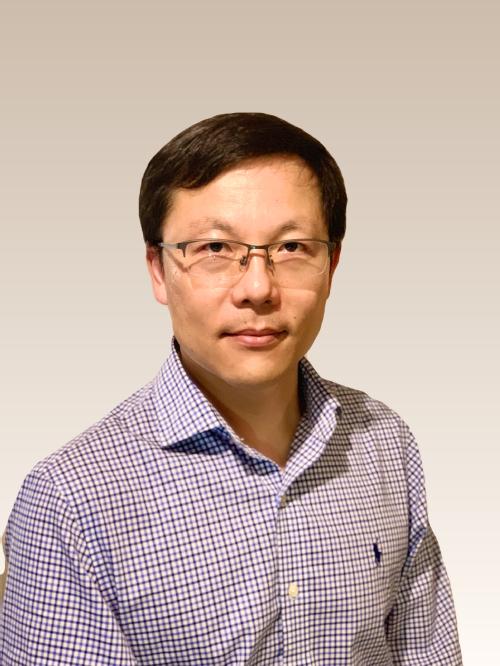Open Positions
Open PDRA positions
- Potential candidates willing to apply for funding such as Newton fellowshipLink opens in a new window or Marie Curie fellowshipLink opens in a new window should contact Prof. Peng Wang in advance.
Open PhD positions
Insight of Local Atomic Structure of Metal-Organic Frameworks via 4D STEM Imaging
Metal organic frameworks (MOFs) have been named as one of “the top ten emerging technologies in chemistry” by the International Union of Pure and Applied Chemistry (IUPAC). The properties of MOFs are directly influenced by various microstructures, including surfaces, interfaces, defects, and the interactions between the framework and guest species. Building on our previous work in cryogenic electron ptychography, our objective is to investigate the atomic-level structures of porous crystalline materials, including MOFs and COFs, allowing us to observe previously unattainable details such as atomic defects, host-guest interactions, and surface structures. We will work closely with the world-leading chemists at Warwick and Shanghai Tech University.
Machine Learning-powered Cryogenic Electron Ptychography For Bio-macromolecule Imaging
Ptychography is an emerging computational microscopy technique for acquiring images with resolution beyond the limits imposed by lenses, which has been applied to high-resolution x-ray imaging in synchrotron facilities and accurate wavefront-sensing in space telescopes. Rather than looking at something big or far-away, we are aiming to visualize the basic building blocks (such as proteins) of all life in three dimensions towards near-atomic resolution by developing ptychography on world-leading cryogenic electron microscopes (Nobel Prize-winning technique), further enhanced by artificial intelligence and machine learning. We will work closely with experimental experts at the medical research centre, the Rosalind Franklin Institute and structural biologists at the University of Oxford.High-Resolution Ferroic-ordering by Electron Ptychography
The emergence of ferroic orderings in materials at the atomically thin limit, including ferromagnetism and ferroelectricity, has attracted tremendous attention due to their novel physics and promising applications for future flexible nanoelectronics including artificial e-skin, flexible touch sensors and health monitors. Understanding the underlying physics behind the ferroic phenomena requires a high-resolution image technique that can directly visualize magnetic or electric fields in the materials at the nanometer, even down to atomic resolution. The aim of this project is to develop a new pioneering algorithm-driven imaging technique called ptychography in conjunction with machine learning and ultrafast detectors. We will work closely with Superconductor & Magnetics Group.
Developing in-situ Imaging Planform for Studying Low-dimensional Thin Film
Transition metal oxide (TMO) thin films are an intriguing class of electronic ionic material with diverse functional properties, including superconductivity, ferroelectricity, thermoelectricity, piezoelectricity, ferromagnetism, and multiferroicity[1]. This variety arises from the strong interplay between electron charge, orbital and spin angular momentum, and structural characteristics, enabling the development of functional devices that surpass the capabilities of standard semiconductors. The primary objective of this PhD project is to establish an advanced experimental capability by combining a MEMS chip with aberration-corrected TEM and the state-of-the-art ultrafast detectors at ePSIC (electron Physical Science Imaging Centre) and also with X-ray beamlines. This integration has great potential for directly visualizing atomic-scale evolution of domain structures in freestanding functional thin films during continuous deformation on sub-millisecond timescales.
MSc Position
- MSc positions, usually starting in September, are always open. Please contact Prof. Peng Wang for any further details.
To discuss future projects contact:
Prof. Peng Wang (peng.wang.3@warwick.ac.uk)

Associate Professor
Group: Condensed Matter Physics
Subgroup: Microscopy
Phone: +44 (0)24 765 28044 (Temporary)
Room: MAS 2.07
Email: Peng.Wang.3@warwick.ac.uk
ORCID:https://orcid.org/0000-0003-0788-6687
Google Scholar (H-index 58): https://scholar.google.co.uk/citation
For details on the group, and research interest you may access:
